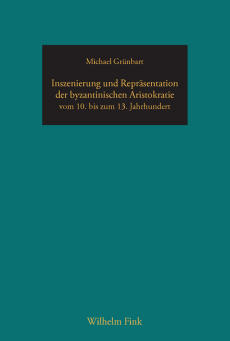Appearance and Self-Presentation of the Aristocracy in the Byzantine Period

The key issue discussed is about the appearance and self-presentation of the aristocracy in the middle Byzantine period (10th-13th century). A systematic evaluation of all written sources (historiography, hagiography, epistolography, testaments, sigillography, epigraphy) leads to detailed insights into the dynamics of the upper stratum of Byzantine society. It became evident that aristocratic families competed with each other on various levels. The capital Constantinople increasingly turned into a central stage that offered them multiform possibilities to display themselves. Strategies of display formed attire, cultivated behaviour, the emphasis on noble birth and genealogy, the design of residential properties, social welfare, religious foundations (monasteries, churches) or the sponsorship of science and the arts. Those aspects taken together show the intention to create a positive image that both adds to the reputation and increases the social capital of Byzantine aristocracy.
Literature: Grünbart, Michael, Inszenierung und Repräsentation der byzantinischen Aristokratie vom 10. bis zum 13. Jahrhundert (Münstersche Mittelalter-Schriften, vol. 82), Paderborn: Wilhelm Fink 2015.

